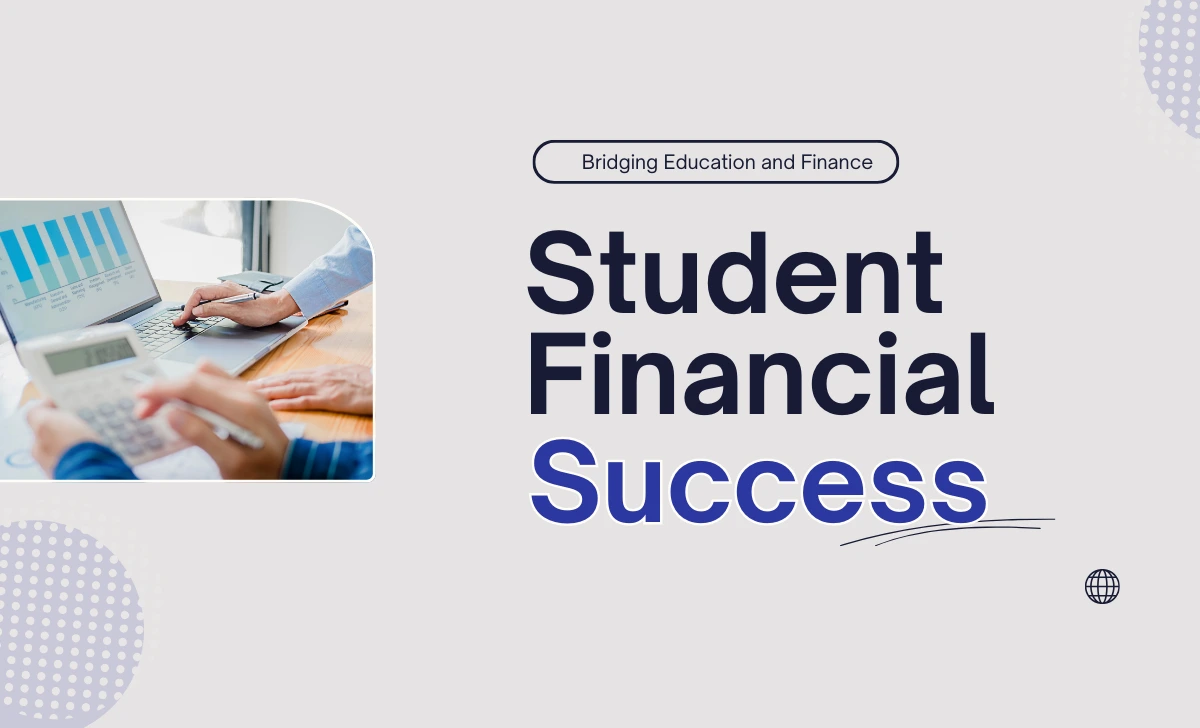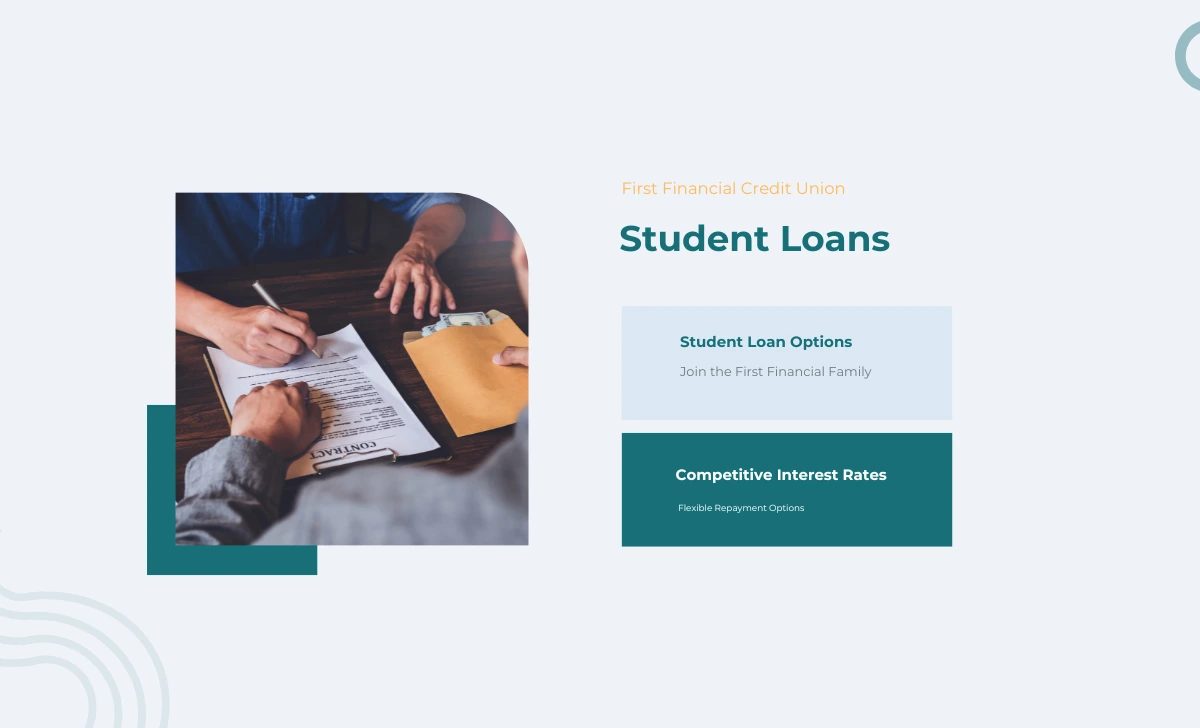Educators play a pivotal role in shaping students’ futures, equipping them with essential academic skills and preparing them for life’s practical challenges.
Among these critical life skills, financial literacy stands out as increasingly important. Just as innovative teaching strategies and technology integration have transformed education, financial literacy can significantly enhance students’ preparedness for real-world economic responsibilities.
This article highlights unique resources educators can leverage to seamlessly integrate financial education into their existing curriculum towards bridging education and finance for student financial success.

Financial Literacy in Education: Building Essential Life Skills
Financial literacy is no longer optional, it’s fundamental. Today’s students must understand budgeting, saving, investing, credit management, and debt awareness to thrive in adulthood.
Fortunately, several specialized educational platforms simplify this process for educators:
- Practical Money Skills: Offers interactive lessons and games tailored across grade levels to teach budgeting, saving strategies, responsible spending, and basic investing.
- Next Gen Personal Finance (NGPF): Provides comprehensive free resources including interactive activities, detailed lesson plans, and professional development specifically designed for K-12 teachers.
- Money Instructor: Features engaging worksheets and classroom activities suitable for younger students covering fundamental financial concepts like currency understanding and budgeting.
These resources empower educators to introduce financial literacy creatively without extensive additional preparation, aligning closely with the innovative teaching methods highlighted previously in our “100 Most Inspiring and Innovative Blogs for Educators.”
For more specific strategies tailored to high school students, explore our guide on Navigating Financial Decisions for High School Students in 2025.
Technology Integration: Digital Tools Transforming Financial Literacy Education
Technology has revolutionized traditional classroom methods across subjects. Similarly, technology-driven approaches make financial literacy education more interactive and engaging. Digital tools provide practical experiences that help students understand complex financial concepts through real-world scenarios.
Educators can explore technology integration through these valuable blogs:
- Free Technology for Teachers: Offers free digital tools such as budgeting apps, online calculators, interactive games, and detailed guides on integrating these tools into classroom activities effectively.
- TechnoTuesday: Provides practical tips on authentic technology integration strategies specifically beneficial when teaching financial topics.
- The Power of Educational Technology: Shares insights into using digital platforms such as mobile apps and interactive whiteboards to effectively teach finance-related topics.
Recommended digital tools include:
- Budgeting Apps (Mint or YNAB): Allow students to practice budgeting interactively.
- Stock Market Simulators (Investopedia Simulator): Provide risk-free investing experience.
- Interactive Games (Practical Money Skills): Gamify complex financial concepts like credit management or investing basics.
Educational Podcasts and Videos: Multimedia Approaches to Financial Literacy
Multimedia resources like podcasts and videos have become powerful educational tools due to their ability to engage students dynamically. These formats simplify complex financial topics by presenting relatable real-world examples clearly.
Recommended podcasts include:
- Planet Money (NPR): Engaging stories simplifying economics and finance.
- The College Investor Audio Show: Personal finance topics relevant to young adults.
- The Indicator from Planet Money: Short episodes ideal for classroom use explaining economic concepts clearly.
Educational video channels ideal for financial literacy include:
- TED-Ed Finance Lessons: Animated videos simplifying finance concepts clearly.
- Khan Academy Finance & Economics: Comprehensive tutorials covering personal finance fundamentals.
- CrashCourse Economics: Simplified explanations of economics and personal finance suitable for middle/high school students.
Leveraging Multimedia Resources Effectively
Multimedia resources like podcasts and videos resonate strongly with today’s digitally-native students. These dynamic formats capture attention effectively while clearly conveying complex financial information.
Utilizing multimedia aligns naturally with innovative teaching methods educators already embrace.
Conclusion: Empowering Students through Integrated Financial Education
Integrating financial literacy into education is no longer optional but it’s essential.
By leveraging specialized blogs, technology-driven tools, podcasts, and videos highlighted here, educators can seamlessly incorporate financial literacy into their established teaching methodologies.
This holistic approach ensures that students graduate not only academically proficient but also financially responsible adults capable of navigating economic challenges confidently.
For more insightful articles on education and its finance-related topics, visit universityreviewsonline.


